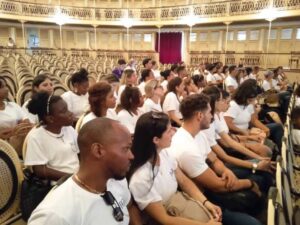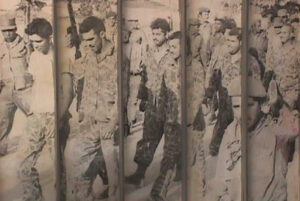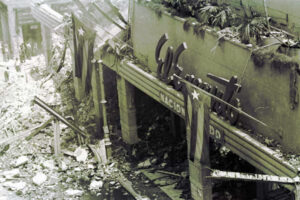May Day: the legacy of a massacre
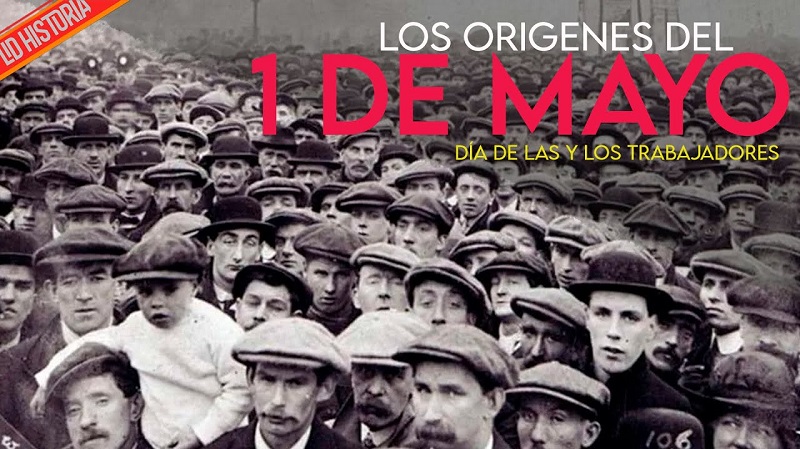
May returns to our lives and the jubilation for the connotation of the first of its days becomes palpable from the sunset of April. The massive parade of reds, blues and whites waves like a flag over the Cuban streets and a trail of satisfaction shines light on the faces of those who put their hearts to work for the well-being and progress of their country.
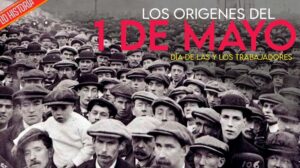 To understand the reason for the celebration, we have to go back in time towards the end of the 19th century, when exhaustive working hours prevailed from 10, 12, 14 and even 18 hours in a large number of countries. In the United States, a movement began to take shape to reduce the work day to eight hours, a demand that reached the Fourth Congress of the American Federation of Labor, held in November of that year.
To understand the reason for the celebration, we have to go back in time towards the end of the 19th century, when exhaustive working hours prevailed from 10, 12, 14 and even 18 hours in a large number of countries. In the United States, a movement began to take shape to reduce the work day to eight hours, a demand that reached the Fourth Congress of the American Federation of Labor, held in November of that year.
With the failure of the negotiations before the governmental and employer authorities to establish the eight hours of work, it was agreed to carry out a general strike movement, whose date would be May 1, 1886. The struggle of the workers for one of their most important claims then took the date for the first time as a reference.
Workers from more than five thousand North American industries materialized the strike that generated concessions, dismissals and police repression, as well as a powerful campaign by the bourgeois press against the proletarian masses, describing their interests as an «attempt by communists and vagabonds to violate the social order». On May 1, 1886, the strike broke out in Chicago and the massive demonstration was fought by the employers and the public forces, unleashing a brutal contention with six strikers killed and dozens injured and arrested as a balance.
Three days later, in response to these events, Chicago labor leaders called a rally in Haymarket Square. However, what began peacefully took a bloody turn when the police responded with shots at the crowd and a bomb that exploded at that moment killed eight officers and hundreds of proletarian militants were imprisoned.
Without evidence they were accused of murder and after an arbitrary judicial process, on November 11, 1887, Albert Parsons, Adolph Fischer, August Spies, George Engels and Oscar Neebe were executed. Another death row inmate, Louis Ling, committed suicide in prison while Samuel Fielden and Michael Schwab had their sentences commuted to life imprisonment. The victims of this brutal massacre were then known as the Chicago Martyrs.
In Cuba, after the revolutionary triumph of 1959 and summoned by Fidel, the workers staged a crowded tribute to the fallen in Chicago and to the diligence, responsibility, discipline and productivity of a small town, but obviously tenacious and dedicated to its political and economic sovereignty. Once again, May begins with a Cuba dressed as a flag, shining with the smiles of its people and eager to perfect itself, grow and continue the legacy of its heroes.


